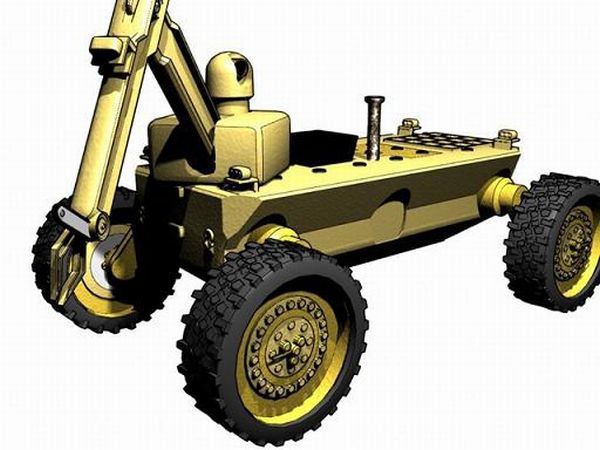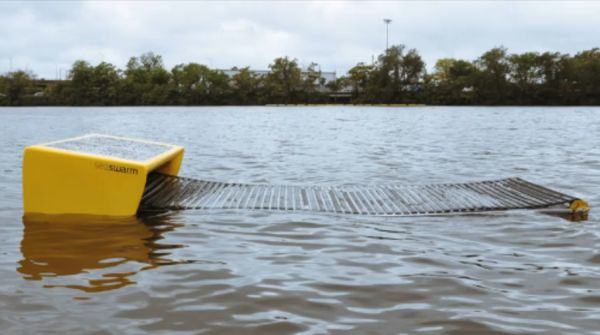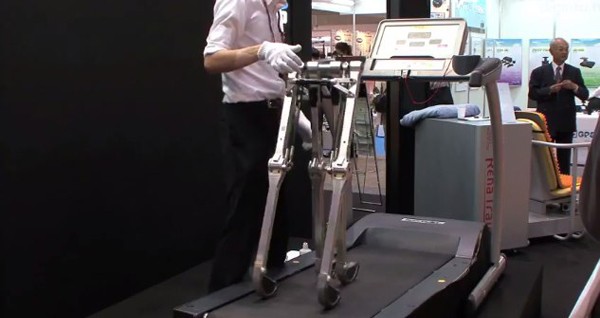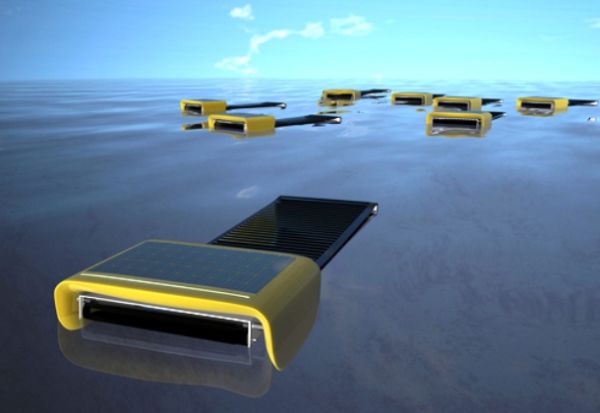
Robots are soon becoming the future of mankind. Most of the operations today, right from dish-washing to automobile-assembly, are handled by these machines. They have started to operate on their own with the advent of autonomous robots. These robots are fed with pre-programmed tasks, and they manage to do so by adjusting themselves to various situations.
But, there is one situation a robot finds hard to adjust; finding power. As a robot is an electronic gadget ultimately, it needs electric energy to fuel its own operation. As long as there is energy in the battery, the robot continues to operate, but one this energy expires, the robot freezes midway of what it is doing. In order to make robots self-sufficient with energy, even when there is no human presence in the vicinity to take care of the batteries, most of the robots designed are going for non-conventional sources of energy such as solar and water power. Here is a list of five coolest uses of self-powered robotic technology. Have a look!
1. Biomass-powered robot

Funded by Darpa, US government’s research department, EATR (Energetically Autonomous Tactical Robot) is an automated robot that feeds on plant matter, such as grass and leaves, to generate power for its own functioning. This is a lucrative option – as long as the robot is operational on land of the planet – as plant biomass is not difficult to be found. Due to Section 15 of the Geneva Convention, the robot is not allowed to feed on animal biomass, which would have been even more lucrative, but horrifying.
This robot will also have the ability to go for conventional sources such as coal for its fuel.
2. Solar-powered robot to clean oil-spills

Oil spills have become the world’s worst nightmares, in addition to nuclear war and global warming. Whenever there is an oil spill, one can expect at least a portion of marine life getting wiped out in the region. This situation is further aggravated due to the absence of quick oil-spill reduction mechanism.
An idea has come up, which states that autonomous robots can be used to handle oil-spill crises. These solar-powered robots – known as Seaswarm – will be equipped with nanotechnology designed at MIT. These robots will have high efficiency and speed in tackling oil-spills; it is claimed that a swarm of such robots can overcome oil-spill in Gulf of Mexico within a month.
This robot has conveyor belt covered with oil-absorbing nanofabric, which rotates when the robot moves and mops up oil in the process. It has square solar panels that will find its power-requirements and work on their own. They are also laden with GPS Tracking System.
However, these robots have key limitations. They are quite costly and cannot operate in areas where there is high amount of oil-spill. These limitations are minute that can be rectified in later versions.
3. Water leakage-monitoring autonomous robot

Nearly all the metropolitan cities in the world receive water through pipes. These pipes are not perfect, and may contain cracks or breaks in their walls in the long run, costing tonnes of water and polluting treated water as well. In order to monitor water-leakage, Kaunsthochschule Berlin has come up with an autonomous robot that detects these leakages without man having to dig through the land to inspect the pipes. These robots – also known as TubeBot – are powered by hydroelectricity, which they can generate from the water-flow in the pipes. The robot uses ultrasonic technology to detect leakages and sends data back to the control room continuously. These robots’ size limit them to use in pipes having larger diameters.
4. BlueBiped

Japan is a pioneer in the field of robotics and it is expected from this country to come up with some amazing robotic technologies. The new robot – known as BlueBiped – resembles a pair of legs that require no motors or hydraulics to operate, and is powered by its own weight. It is autonomous in nature, and can walk on any terrain like human-legs making it more human than robot. This robot can walk up to 13 hours continuously without any human intervention and is slated to be the next thing to be used for people who have lost legs to diseases or accidents.
5. Wave-powered robots

This project taken up by Liquid Robotics is the next thing in the field of marine defense and industrialization. Initially launched to monitor humpback whales, these self-powered marine drones – also known as Wave Glider – are powered by waves of the area and are currently in operation for institutions such as Scripps Institution of Oceanology, national security and oil and gas explorations. The underwater portion of the glider is connected to a float that has solar panels, which harness solar power for operation of these drones, giving the robot a second power-option to power its communication system. These robots can either be autonomous or remotely controlled.




